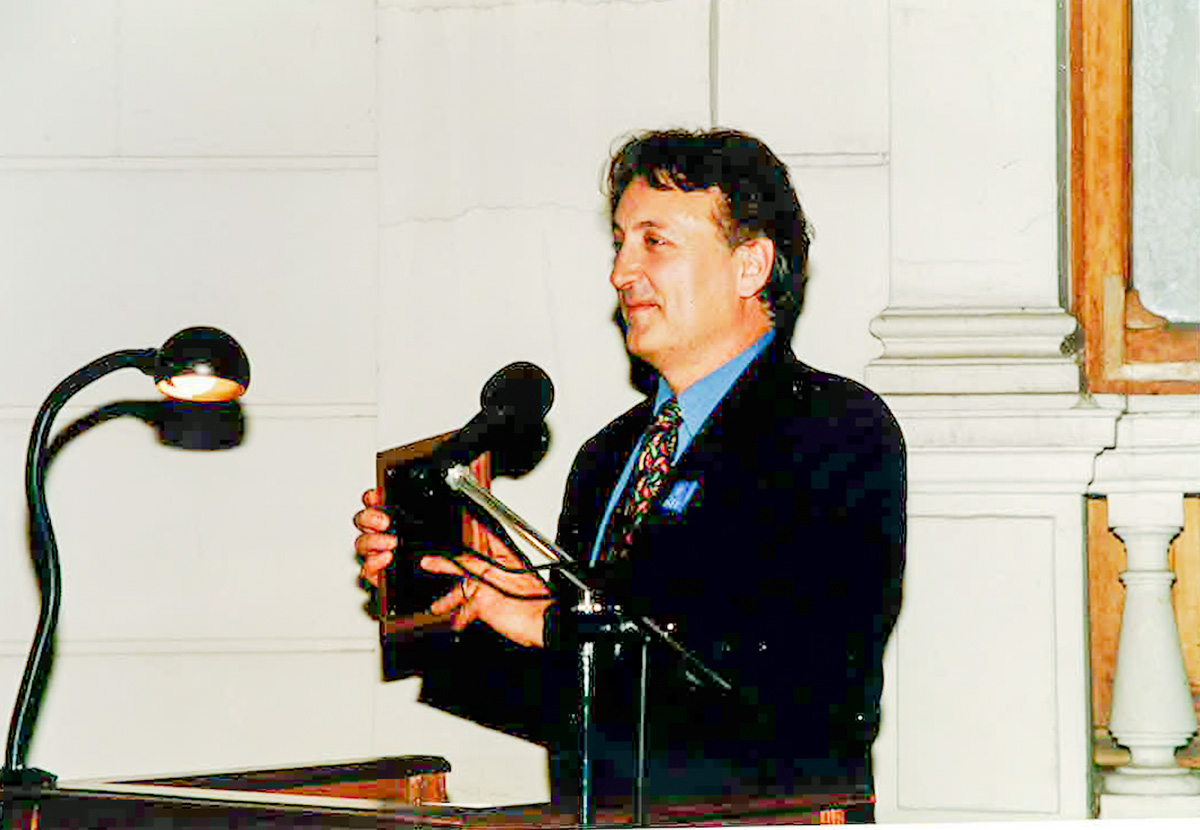Evaluation of Ecosystem Services
- Gas regulation: The balancing of carbon dioxide and oxygen through plant photosynthesis.
- Climate regulation: The stabilization of surface temperatures and climate by oceans and forests.
- Water supply: The storage and provision of water by forests and wetlands.
- Soil formation: Rock weathering and the supply of organic matter.
- Waste treatment: The decomposition and detoxification of waste by microorganisms.
- Pollination: The transport of pollen by bees and butterflies, aiding in crop production.
- Food production: The supply of fish, birds and animals, nuts, and fruits.
Furthermore, Professor Costanza. Together with Herman Daly, founded the International Society for Ecological Economics in 1989 with Professor Daly, and continued to make significant contributions to the development of this field, including establishing the International Society for Ecological Economics in 1989, with Professor Costanza serving as its co-founder and first president.












